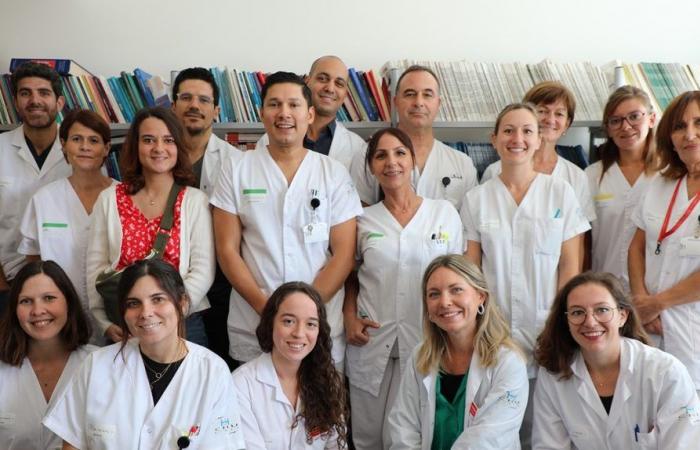Nearly 4 million French people are currently affected by this disease which promotes bone fragility.
On Tuesday October 22 at the Gard Cancer Institute, and Thursday October 24 in the central hall of Carémeau Sud, the Nîmes University Hospital offers informative workshops on osteoporosis.
This disease represents a real public health problem in France. Currently, nearly 3 million women and 800,000 men are affected, or a third of women and a fifth of men. The consequences of this disease are alarming: 20% of patients die following fractures, while 80% of them lose their autonomy.
At the Nîmes University Hospital, the active queue of patients with osteoporosis was estimated at more than 2,000 in 2019. Before the opening of the osteoporosis center of expertise, 108 patients were treated each year in hospitalization. day. Since its inception, this figure has increased significantly, reaching 516 patients in 2023.
Bone fragility is a public health problem that requires special attention. In the event of a fracture due to minor trauma, it is crucial to speak to your doctor. A questionnaire from the Group for Research and Information on Osteoporosis (GRIO) is available online to identify risk factors for osteoporosis-related fractures. Extensive information on calcium-rich foods and fall prevention can also be found on the GRIO portal.
To prevent osteoporosis, it is essential to consume enough calcium. Dairy products, especially hard cheeses, are excellent sources. Dried fruits, notably almonds, as well as certain vegetables such as green beans, and certain fish such as sardines, also contribute to an adequate calcium intake. It’s important to note that plant-based milks are generally much lower in calcium.
« Every year, 160,000 women suffer fractures due to osteoporosis, and in 80% of cases, the problem is missed. Only 20% are screened, diagnosed and treated for their osteoporosis, even though effective treatments are available. », Indicates Professor Cécile Gaujoux-Viala, head of the rheumatology department at Nîmes University Hospital.






